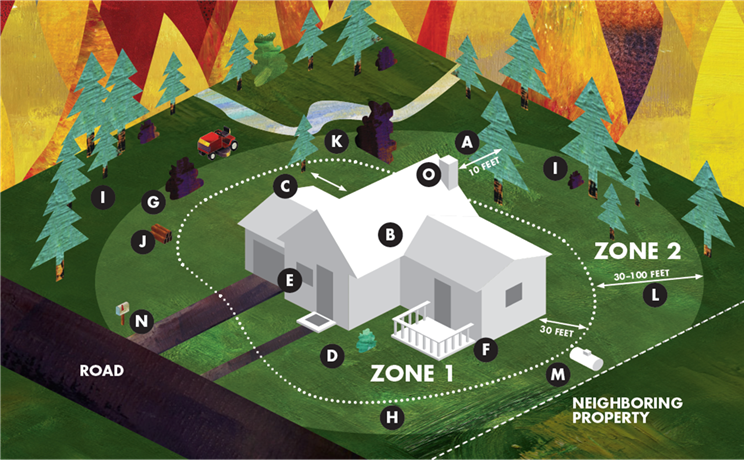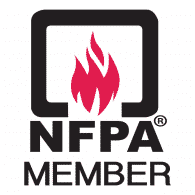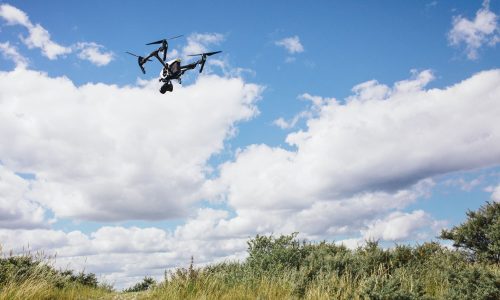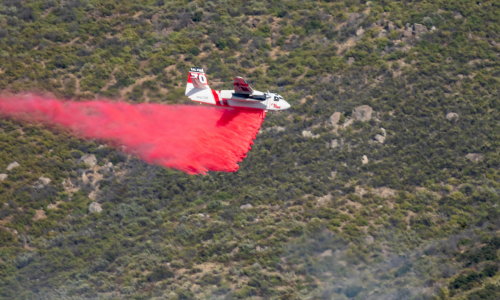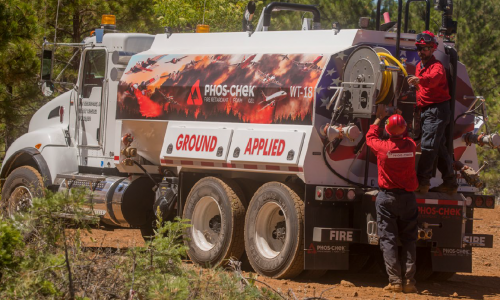What is Defensible Space?
Defensible Space combined with home and property hardening solutions is essential to improving your properties chance of survival of a wildfire. Studies show that by creating a defensible space, you can improve your properties chance of survival by 75%.
Defensible space is the buffer you create between your property and the wildland areas that surrounds it. This space is needed to slow or stop the spread of wildfire from embers and radiant heat. Proper defensible space also provides firefighters with a safe area to defend your home.


